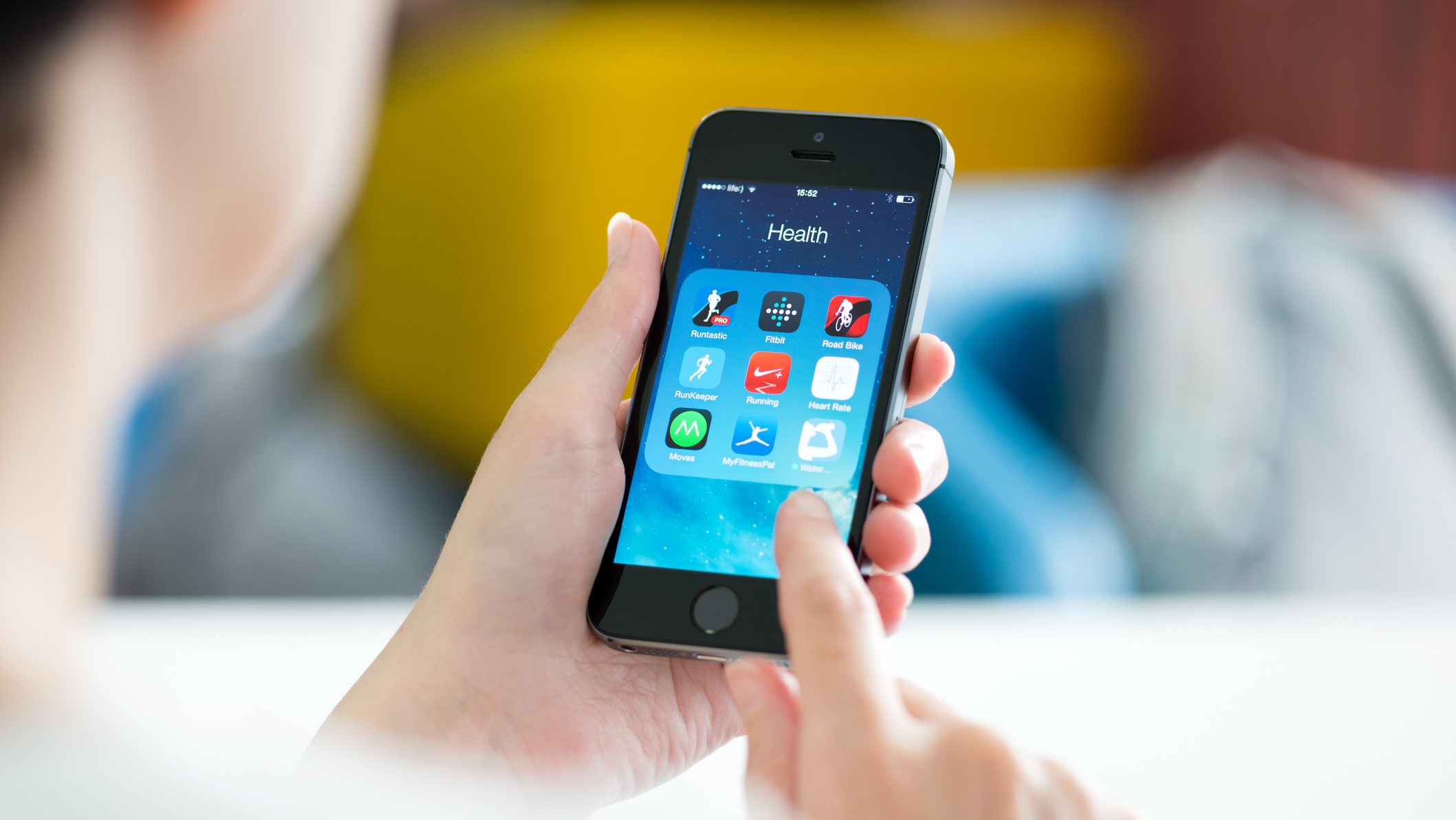Could a smartphone cough app stop future pandemics?

A host of companies are looking at cough apps to detect the presence of COVID-19. But one company called Hyfe wants to take the idea a step further and use them to detect future pandemics, reports Richard Staines.
The pandemic has seen a plethora of digital tools emerge to help manage patients remotely, with the ubiquitous use of smartphone technology allowing medics to monitor patients’ vital signs without risky face-to-face contact.
There have also been some creative uses of smartphone technology – including investigations into whether apps could be used to identify telltale signs of COVID just from a cough.
Researchers from the Massachusetts Institute of Technology (MIT) found that a neural network was 100% effective in correctly diagnosing COVID-19 in people with no symptoms but who tested positive for the virus – although the false positive rate was about 17%.
More recently a cough app called Hyfe, which could be used to diagnose COVID-19 and other respiratory diseases, launched in the UK.
The company’s technology works along a similar principle, using algorithms that have been “trained” to identify coughs.
Where Hyfe differs is that it is designed to be used passively, with phones “listening” for coughs among the thousands of background noises produced each day.
In an interview with pharmaphorum, CEO and co-founder Joe Brew said the technology is able to immediately disregard background noises such as talking and only kicks into action when it hears “explosive” sounds.
These are sent to the company for analysis by the algorithm, which has been trained to detect coughs and disregard other noises.
According to Brew the accuracy of this two-step system gets around the issue of privacy, for those people who may have concerns that their phones are listening to them.
He said: “Privacy is a huge deal. We don’t need any other data other than that explosive [cough] sound.”
While Hyfe has several potential uses, perhaps the most intriguing is the notion that phones could be used as a way to predict future pandemics as they emerge.
Brew, an epidemiologist by training, explained: “If we were monitoring cough at population level imagine what Wuhan would have looked like in late 2019. The area around the animal market would have lit up.
“You can imagine heat map of coughs to see if that corresponds with local epidemiology. If we can demonstrate there is a good potential this could be used for early detection of the next outbreak.
Hyfe has already begun a pilot study looking at this application of the technology in the city of Navarra in Spain.
Juan Carlos Gabaldon, the study coordinator, cautioned that the study is only preliminary, but is confident that the technology is robust enough to collect the data accurately.
Gabaldon, a clinical study coordinator for the University of Navarra, said the study will follow a cohort of participants recruited at the university and some neighbouring towns while they use the app to record their night-time coughs.
“We will periodically check if any of them has been diagnosed with a respiratory disease while using the app, and eventually, we will compare their cough registries with the incidence of these diseases, to see if there are any obvious correlations between the variables,” he said.
While there are no plans to expand beyond the pilot study, the idea has been positively received by participants and authorities from the university, Gabaldon said.
But he added that the system is a long way from being used on a large scale.
He said: “We don't really know if this might stop future pandemics. There are considerable challenges that need to be overcome. For instance, convincing people that these strategies are worth implementing, and clearly explain that they are specifically designed to protect their privacy."
According to Brew there are several uses for the technology that are not just limited to COVID – with tuberculosis being another potential target.
The company is funded mainly by a network of different research partnerships with various institutions that have seen the potential value of the technology.
The potentially predictive nature of the technology could also be used to identify diseases such as flu and could also be used as a screening tool before going to airports.
It could be used to predict whether patients who are already infected with COVID are about to take a turn for the worse.
This has helped Brew to quickly grow the company and set up working relationships that could progress into new uses for the technology.
Brew said: “We don’t need to convince researchers, they want to test it. There are a lot of research partners taking cough quantification out into the field.”
For now Brew will have to wait until the outcome of the Navarra study to see whether Hyfe could be used as a potential pandemic predictor.
Gabaldon concluded: “We need more data before we can tell people this works. We do believe, however, that if positive results are found at the end of the study, this is a concept that might be worth exploring further.”
About the author
 Richard Staines is the news editor for pharmaphorum and has been covering the pharma industry since 2010. His coverage has included stories about market access, the impact of the Greek financial crisis on the healthcare system and pharma pricing in the UK. Since joining pharmaphorum he has written stories on topics including regulation, mergers and acquisitions, and the latest clinical developments. Richard also contributes to pharmaphorum's digital magazine, DeepDive.
Richard Staines is the news editor for pharmaphorum and has been covering the pharma industry since 2010. His coverage has included stories about market access, the impact of the Greek financial crisis on the healthcare system and pharma pricing in the UK. Since joining pharmaphorum he has written stories on topics including regulation, mergers and acquisitions, and the latest clinical developments. Richard also contributes to pharmaphorum's digital magazine, DeepDive.












